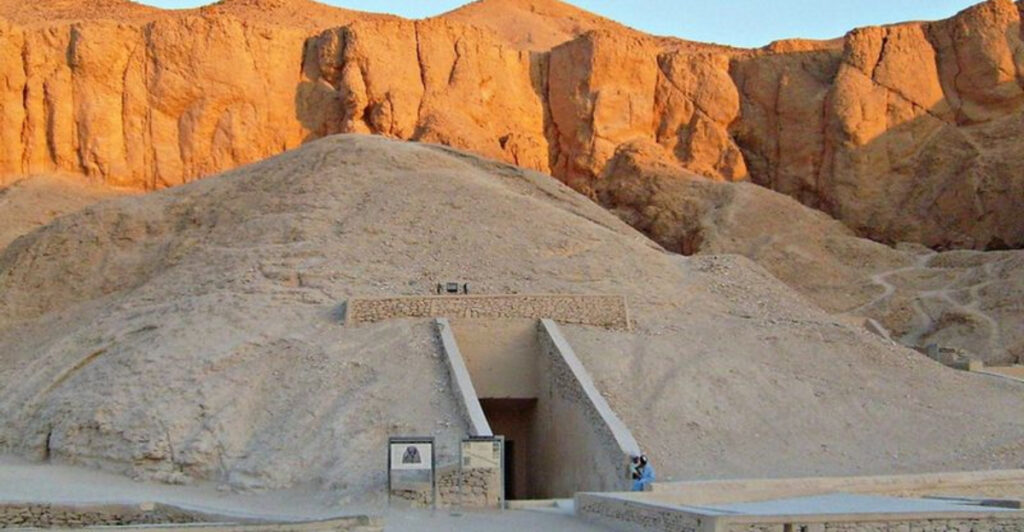Archaeology offers a window into our past, and ongoing excavations at certain sites continue to reveal new insights about ancient civilizations. These active digs not only help us understand historical contexts but also reshape our narratives of human history.
1. Göbekli Tepe, Turkey
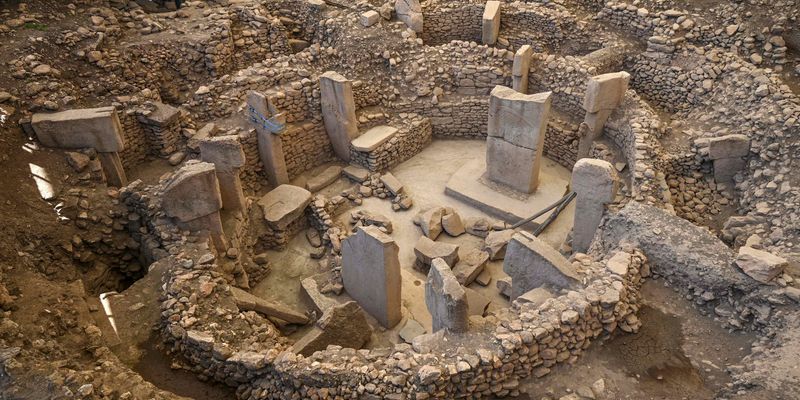
In the heart of Turkey, Göbekli Tepe stands as a testament to early human ingenuity. This prehistoric site, often dubbed the world’s oldest temple, is still being unearthed by archaeologists today.
The intricately carved stone pillars, arranged in circles, hint at a complex society that thrived over 11,000 years ago. As researchers continue to dig, each new discovery reshapes our understanding of early civilization.
Remarkably, Göbekli Tepe challenges the notion that agriculture predates large-scale human settlements. This groundbreaking site continues to captivate scholars and history enthusiasts alike.
2. Tikal, Guatemala
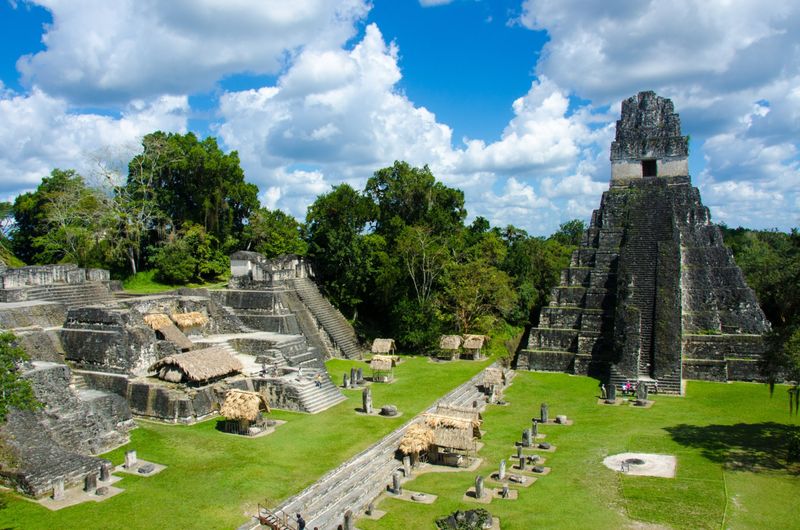
Hidden within the Guatemalan jungle, Tikal is one of the largest archaeological sites of the ancient Maya civilization. Its towering pyramids rise above the lush canopy, standing as silent witnesses to a rich and vibrant past.
Excavations are ongoing, revealing the mysteries of this once-thriving city. Archaeologists work tirelessly to uncover its secrets, uncovering artifacts that shed light on Maya culture and society.
Tikal’s grandeur and historical significance make it a pivotal site for understanding the complexity of ancient Mesoamerican civilizations.
3. Pompeii, Italy
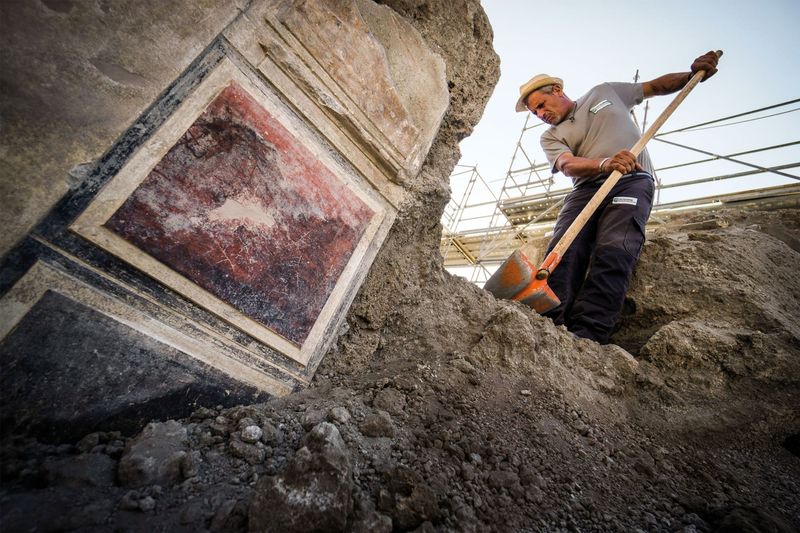
The tragic tale of Pompeii, buried by the eruption of Mount Vesuvius in AD 79, continues to intrigue archaeologists and historians. Ongoing excavations at this well-preserved Roman city offer glimpses into daily life before disaster struck.
As new areas are uncovered, each artifact and fresco tells stories of Pompeii’s inhabitants, bringing the ancient city back to life.
Recent discoveries have shed light on the vibrant art, culture, and economy of Pompeii, making it a focal point for those fascinated by Roman history.
4. Stonehenge, England
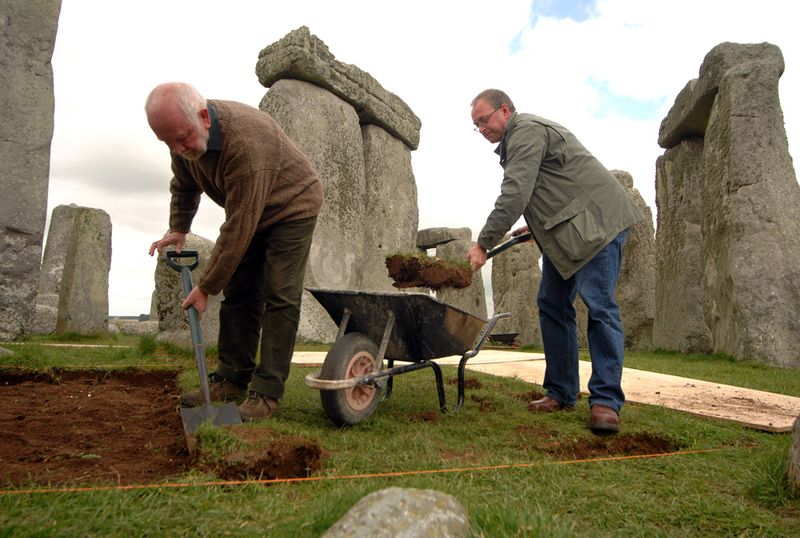
Stonehenge, with its enigmatic stone circle, has long puzzled historians and archaeologists. While much has been uncovered, excavations continue to reveal more about its purpose and origin.
Situated on the Salisbury Plain, this prehistoric monument is a masterpiece of engineering from a bygone era. The alignment of the stones suggests a deep understanding of astronomy by its builders.
Current digs aim to unravel further mysteries, such as the exact methods used to transport and erect these massive stones. Stonehenge remains a symbol of ancient ingenuity and cultural significance.
5. Machu Picchu, Peru
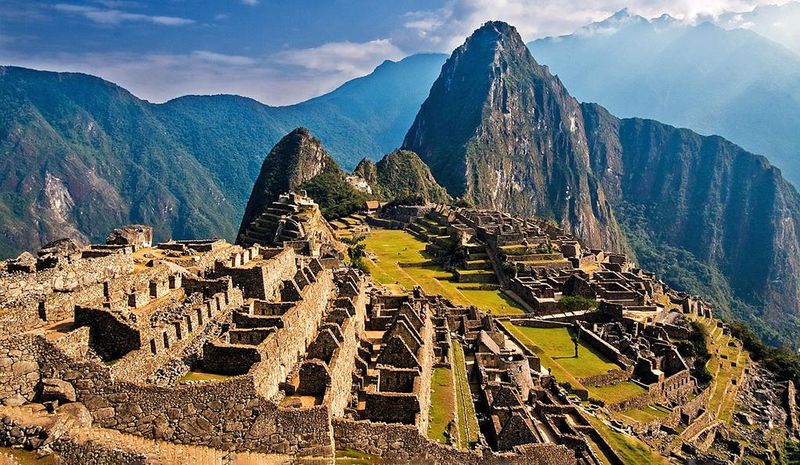
Machu Picchu, the iconic Incan citadel, continues to be a source of discovery for archaeologists. Nestled high in the Andes Mountains, this ancient site offers breathtaking views and a glimpse into the Inca Empire’s grandeur.
Excavations reveal the architectural brilliance and advanced understanding of agriculture and astronomy by the Incas. Each uncovered structure adds to the narrative of this UNESCO World Heritage site.
Despite its popularity, Machu Picchu’s full purpose and significance are still being studied, as researchers strive to piece together its historical puzzle.
6. Angkor Wat, Cambodia
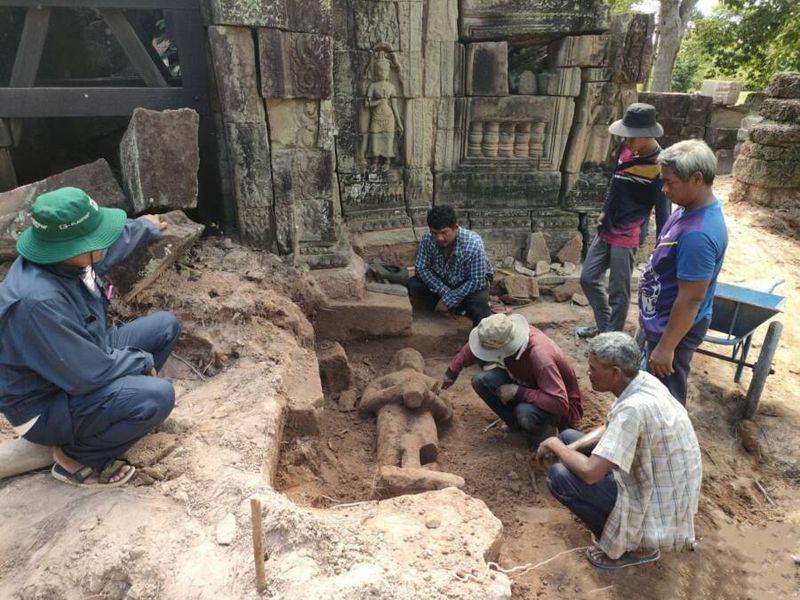
Angkor Wat, one of the largest religious monuments in the world, continues to be an archaeological treasure trove. Situated in Cambodia, its intricate carvings and sprawling temples captivate visitors and researchers alike.
Current excavations aim to uncover the extent of the ancient Khmer Empire’s reach and influence. The monumental architecture reveals insights into their sophisticated engineering skills and spiritual practices.
As new discoveries emerge, Angkor Wat remains pivotal in understanding Southeast Asia’s historical and cultural landscape, offering a glimpse into the empire’s once-mighty prowess.
7. Valley of the Kings, Egypt
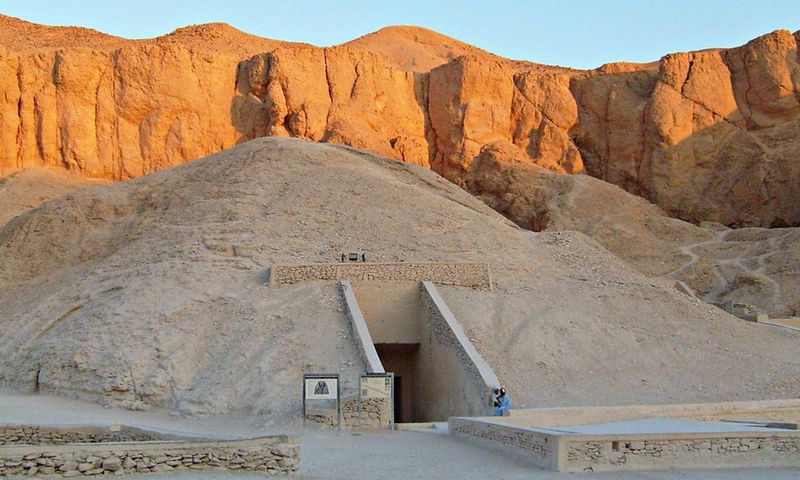
The Valley of the Kings, a royal burial ground for Pharaohs, is an iconic site steeped in mystery and grandeur. Located in Egypt, it is home to the tombs of illustrious rulers such as Tutankhamun.
Ongoing excavations aim to uncover more tombs and artifacts, each offering a piece of the ancient Egyptian puzzle. These discoveries illuminate the complex burial rituals and beliefs in the afterlife.
The Valley remains a focal point for Egyptologists, who seek to unravel the secrets of this storied civilization’s past and its royal inhabitants.
8. Terracotta Army, China
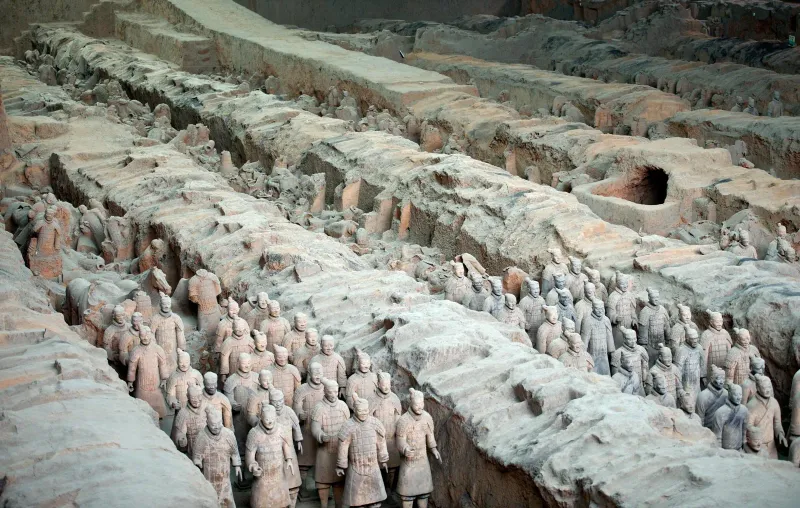
The discovery of the Terracotta Army in Xi’an, China, was a monumental find for archaeologists. These life-sized figures, buried with China’s first Emperor Qin Shi Huang, continue to be unearthed.
Each soldier has unique facial features, showcasing the remarkable craftsmanship of ancient artisans. The ongoing excavation aims to reveal more about the emperor’s quest for immortality and the army’s significance.
This archaeological wonder offers a glimpse into China’s imperial past, providing insights into the military and cultural history of the Qin Dynasty.
9. Petra, Jordan
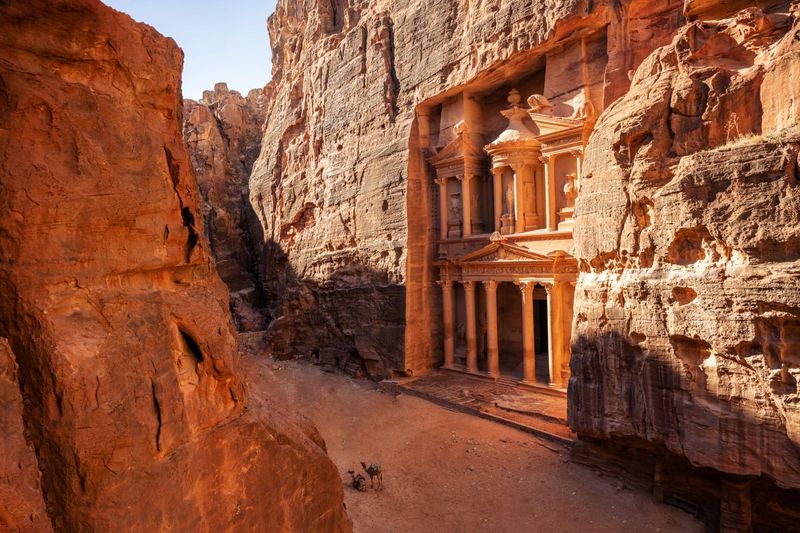
Petra, often referred to as the ‘Rose City’ due to its pink sandstone cliffs, is a symbol of ancient ingenuity. This archaeological site in Jordan continues to reveal its secrets as excavations uncover more of its hidden past.
The Nabataeans, who carved this city into the cliffs, left behind a legacy of advanced engineering and culture. Each new find adds depth to our understanding of their sophisticated society.
Petra remains a UNESCO World Heritage site, where ongoing research aims to unravel the mysteries of its trade, politics, and everyday life.
10. Herculaneum, Italy
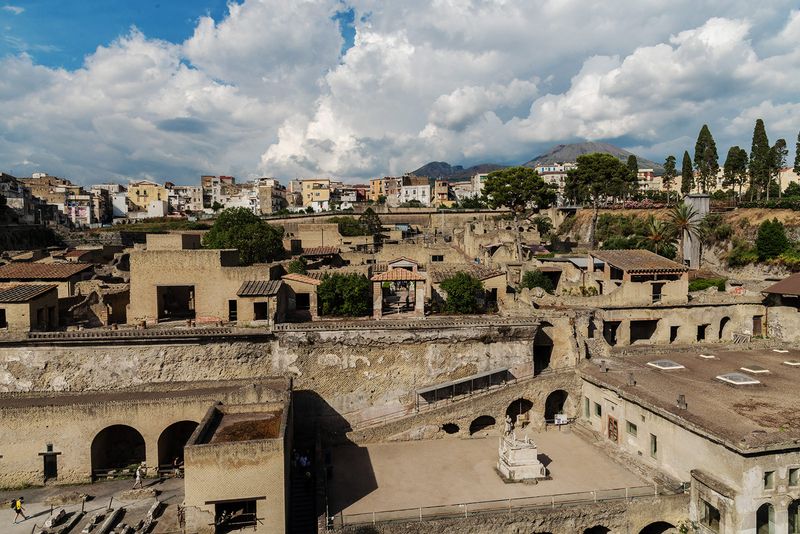
Like its neighbor Pompeii, Herculaneum was buried by the catastrophic eruption of Mount Vesuvius. This smaller, yet equally fascinating site, continues to be the focus of archaeological exploration.
Preserved under volcanic ash, Herculaneum provides unique insights into Roman life, with well-preserved buildings and artifacts. Ongoing excavations reveal frescoes, mosaics, and even wooden structures.
These finds offer a more intimate look at ancient Roman society, shedding light on daily activities and cultural practices that have endured through time.
11. Ephesus, Turkey
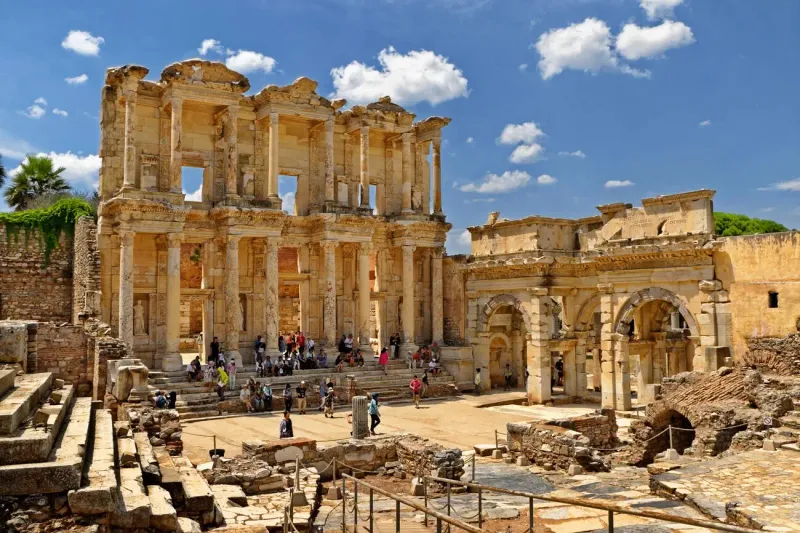
Once a bustling metropolis, Ephesus in Turkey is an archaeological marvel. Famous for its grand architecture, including the Temple of Artemis, the site continues to be excavated by archaeologists.
Buried under centuries of history, each unearthed structure tells a tale of a city that was once a major center for trade and politics. The ongoing work reveals the vibrant cultural and social life of its inhabitants.
Through these efforts, Ephesus remains a key site for understanding the complexities of ancient civilizations in the Aegean region.
12. Great Zimbabwe, Zimbabwe
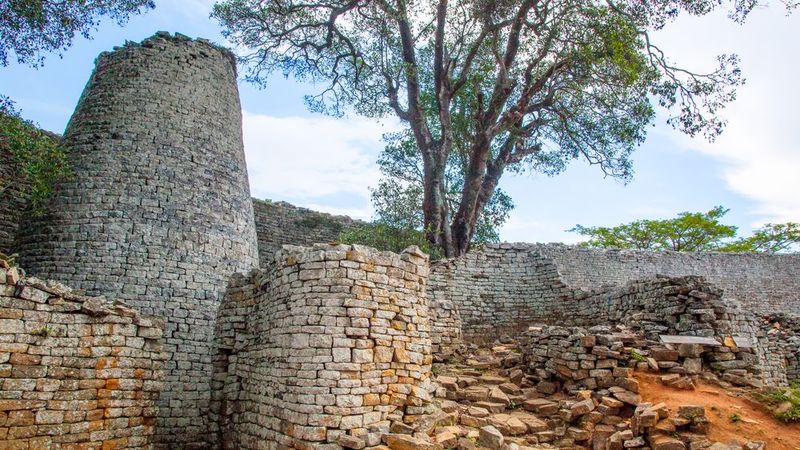
Great Zimbabwe, an ancient city in southeastern Africa, is a monumental testament to the architectural prowess of its builders. The site, characterized by its massive stone walls, continues to be a focal point for excavation.
Archaeologists seek to uncover more about this medieval kingdom’s social, political, and economic life. Each discovery adds a layer to the rich tapestry of African history.
As excavations progress, Great Zimbabwe stands as a symbol of African heritage and ingenuity, offering invaluable insights into the region’s past.
13. Knossos, Greece
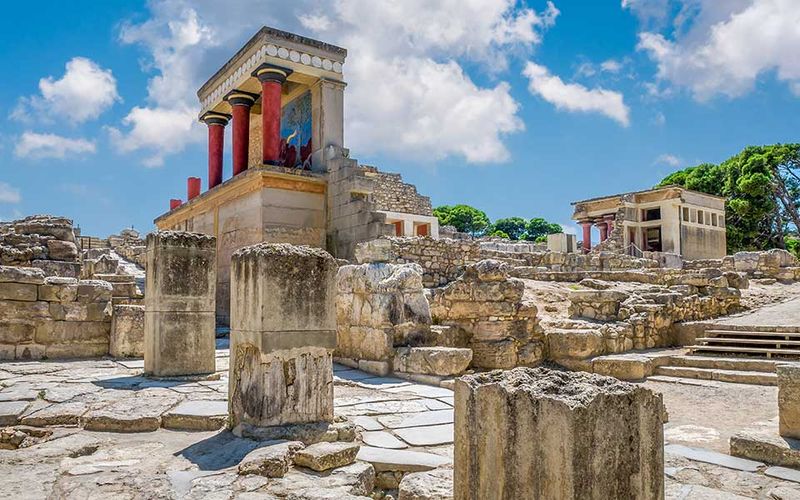
On the island of Crete, the ancient site of Knossos is a key location for understanding the Minoan civilization. The grand palace, with its intricate frescoes and complex layout, continues to be excavated.
Archaeologists uncover evidence of a sophisticated society that thrived in the Bronze Age. Each find, from pottery to architecture, reveals the Minoans’ daily life and cultural practices.
Knossos remains a beacon for those interested in ancient Greek history, offering glimpses into the myths and realities of this enigmatic civilization.
14. Chichen Itza, Mexico
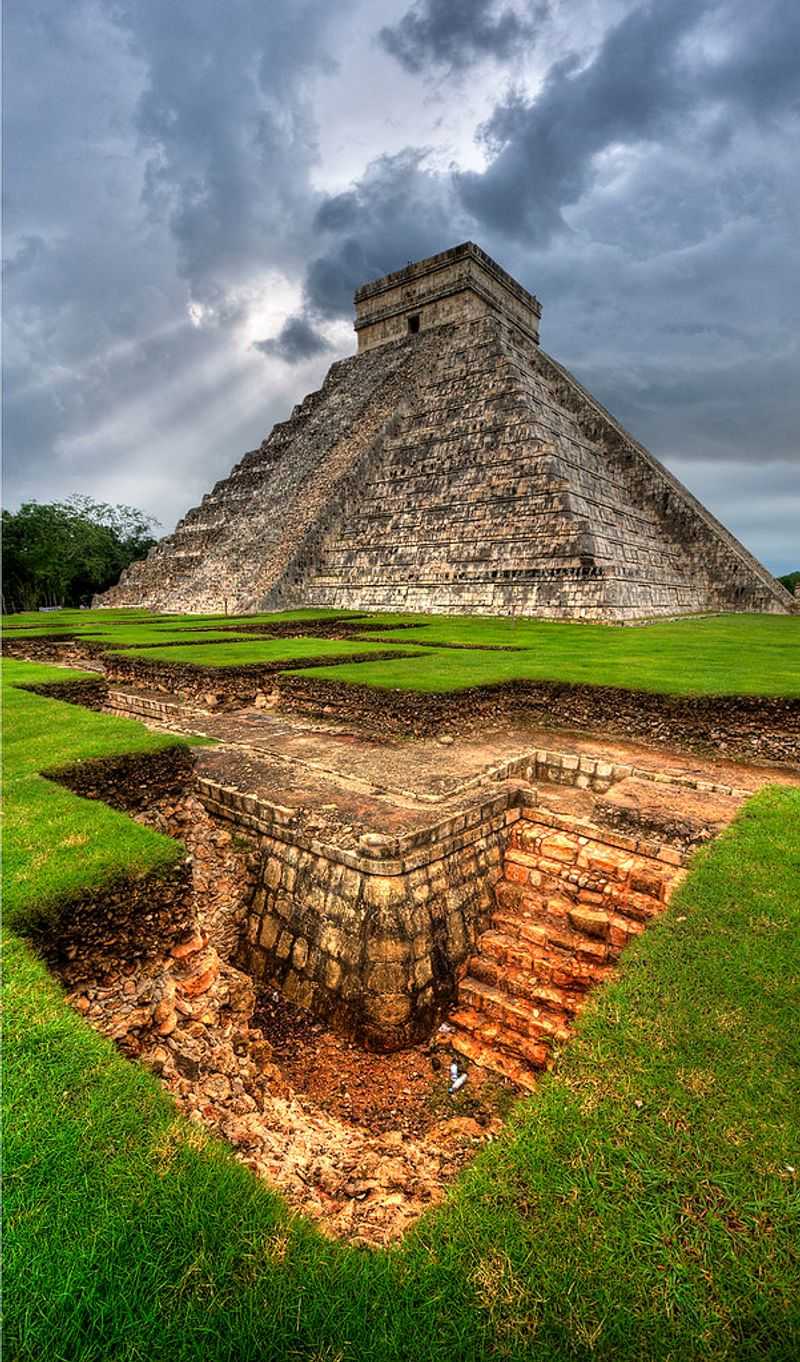
Chichen Itza, a major archaeological site in Mexico, is a testament to the ingenuity of the ancient Maya. The iconic pyramid of El Castillo dominates the landscape, drawing visitors and researchers alike.
Ongoing excavations aim to explore the city’s complex architecture and cultural practices. Findings reveal insights into Maya astronomy, religion, and social hierarchy.
As a UNESCO World Heritage site, Chichen Itza continues to be a focal point for understanding the mystique and grandeur of the Maya civilization.
15. Teotihuacan, Mexico
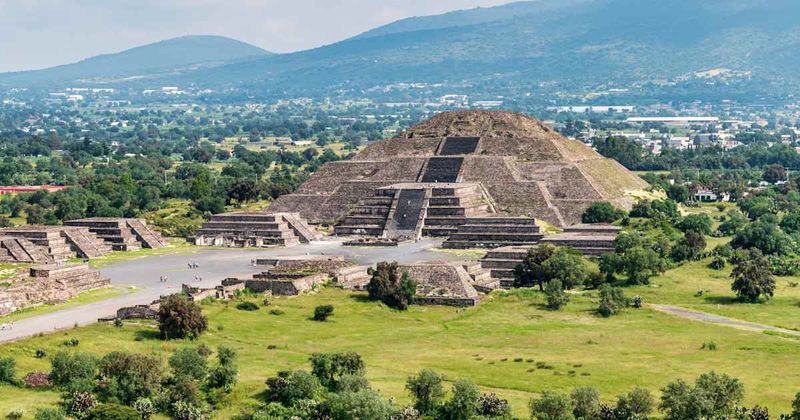
Teotihuacan, known as the “City of the Gods,” is a sprawling archaeological site near Mexico City. Its origins and the identity of its builders remain shrouded in mystery, captivating archaeologists around the world.
The Avenue of the Dead, flanked by monumental pyramids, is at the heart of ongoing excavations. These efforts seek to uncover the secrets of this ancient metropolis, offering insights into its social and political structures.
Teotihuacan remains a significant site for understanding pre-Columbian history, holding keys to the enigmatic past of Mesoamerica.
16. Çatalhöyük, Turkey
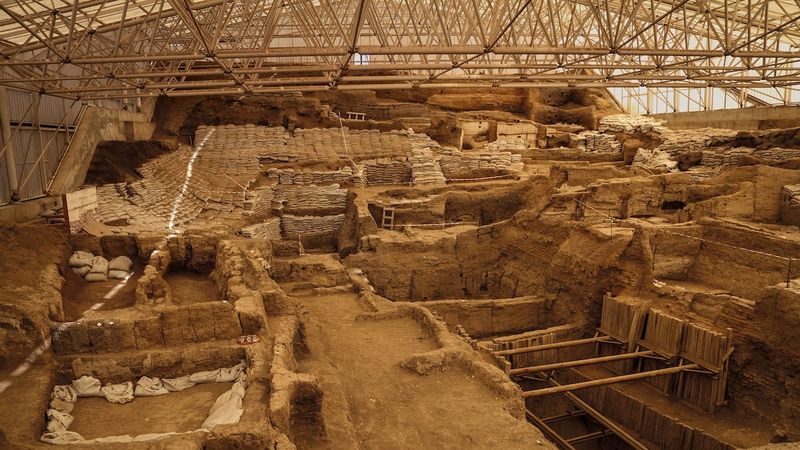
Buried beneath layers of history, Çatalhöyük in Turkey offers a glimpse into early urban life. This Neolithic site, dating back over 9,000 years, is renowned for its intricate mud-brick houses clustered together without streets. Imagine navigating this ancient maze!
Ongoing excavations reveal stunning wall paintings and artifacts that speak of a complex society with spiritual beliefs. Researchers are particularly fascinated by the communal living aspects of this settlement. Did you know? Çatalhöyük’s inhabitants may have practiced an early form of agriculture, shaping the way we understand early human civilizations.

